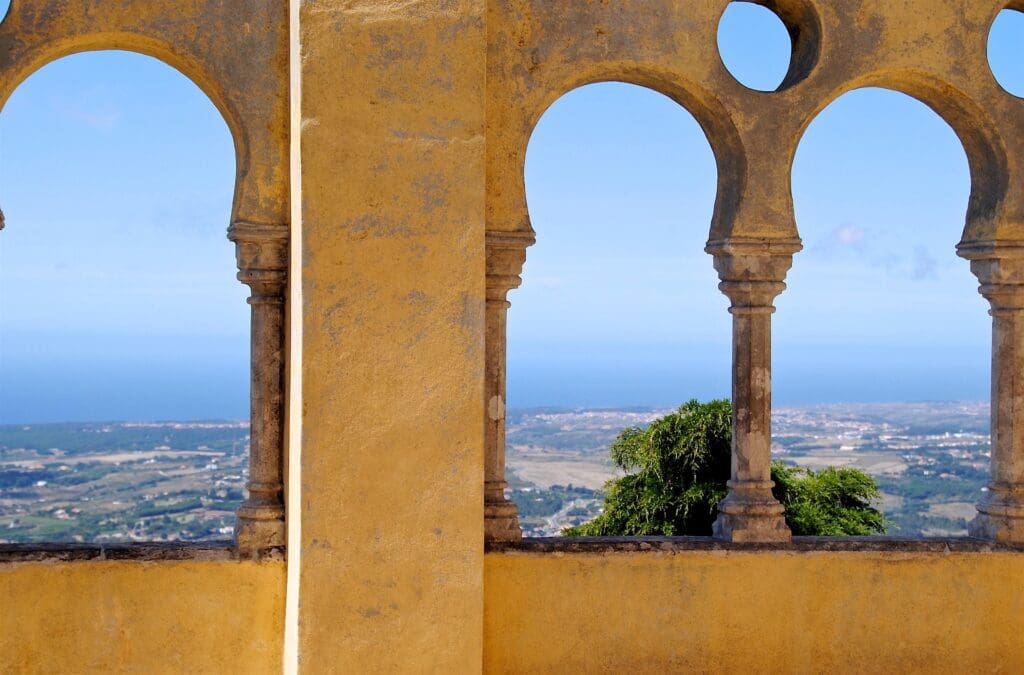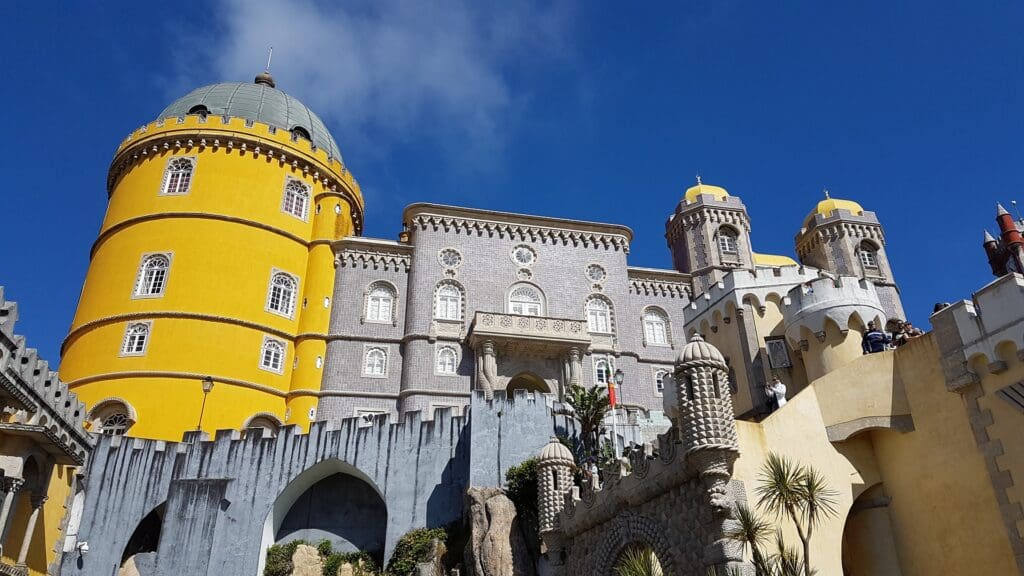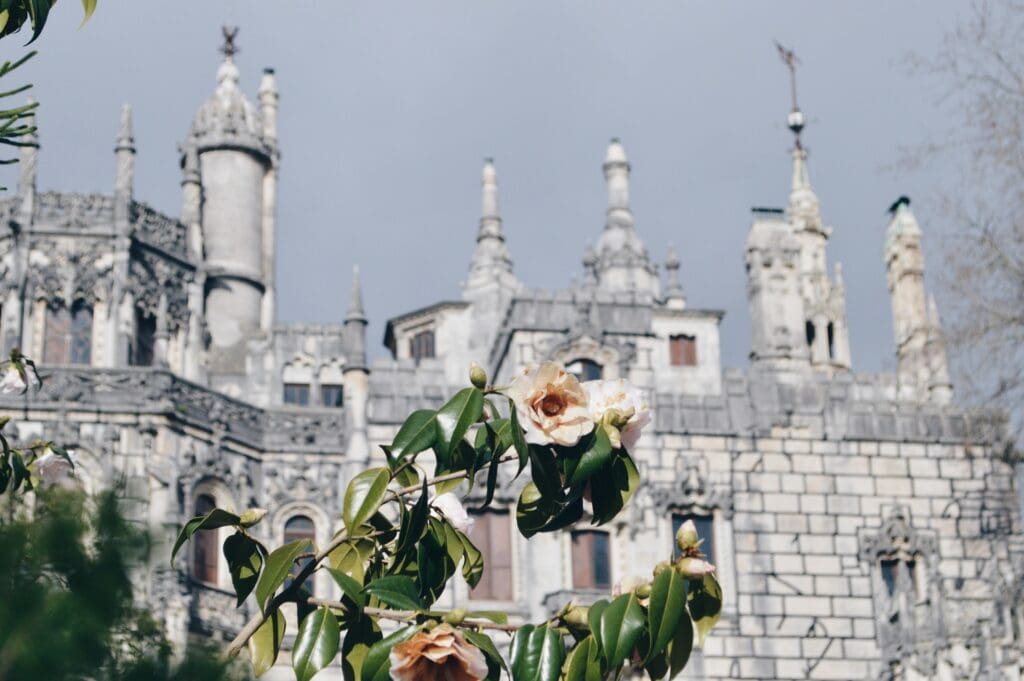 Sintra, Portugal, is one of those places where there is so much packed in, so many fairy tale castles and brooding fortresses that you’ll say to yourself: “Wow! How come I never knew about this before?”
Sintra, Portugal, is one of those places where there is so much packed in, so many fairy tale castles and brooding fortresses that you’ll say to yourself: “Wow! How come I never knew about this before?”
From Lisbon, a trip to Sintra is a simple day trip, although you could easily spend a couple of days here. The train leaves Lisbon about every 15 minutes from the downtown Estacao Rossio train station and only takes about 45 minutes.
I suggest you stay overnight in Sintra to allow more time to see all the sights and to experience its even more magical atmosphere at night. The Lawrence’s Hotel is the oldest hotel in town, situated right in the heart of the town’s historic centre, and it’s pretty reasonably priced. For an over-the-top stay in a palace, consider the Palacio de Seteais.
If you’re planning a driving trip of Portugal, Sintra is a good place to start from. It has been inhabited by the Romans, the Moors built a hilltop castles and a palace in town, and, later, it became the summer residence of the Portuguese royal family.
Probably the most famous building in the city is the Palacio da Pena (or the Castelo da Pena). The Pena Palace is so fanciful that words can’t describe it, but I’ll try: so different, pretty, somehow haunting that I went through it twice on our first visit! It is fanciful, to an extreme, but that is part of its charm.
The last queen of Portugal left the palace in 1910 and went into exile. The inside of the palace has been kept pretty much like it was when she fled. It’s some of those personal touches that make it so haunting.
In the centre of town on the main square is the Palacio Nacional de Sintra. The National Palace was originally built by the Moors starting in the 14th century, and the ruling sultans spent summers here. Expanded by the monarchs of Portugal, it was a functioning royal palace until the early 1900s. There is a labyrinth of exceptional rooms to visit, and there is an extensive collection of the colored glazed tiles (Mudejar azulejos) for which Portugal is famous.
Just outside of town and overlooking the village are the ruined ramparts of the Castelo dos Mouros, a Moorish fort dating from the 8th century.
Scattered on the outskirts of town are other manor houses and small palaces that are worth seeing, such as the Quinta da Regaleira, which dazzles with turrets and towers, and its surrounding garden. A little further from town is the exotic Monserrate Palace surrounded by romantic subtropical gardens.
Round out your visit to Sintra seeing some of the convents and churches, and you will feel you have gotten a great dose of romanticism on a travel budget.
| Troy Media
The views, opinions and positions expressed by columnists and contributors are the author’s alone. They do not inherently or expressly reflect the views, opinions and/or positions of our publication.










